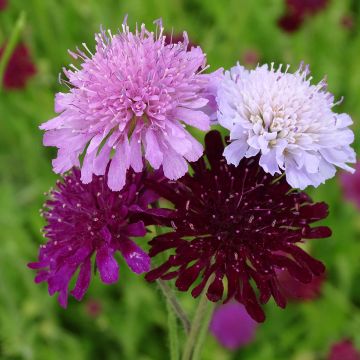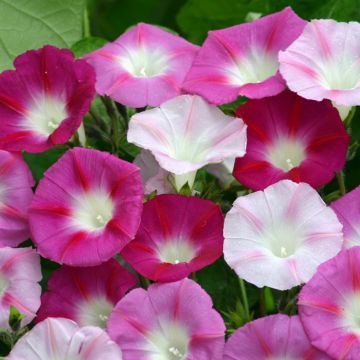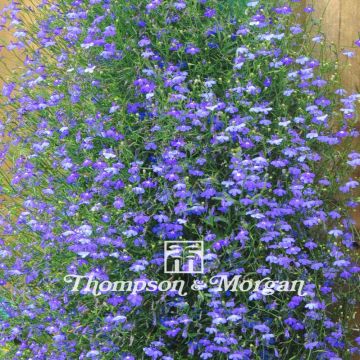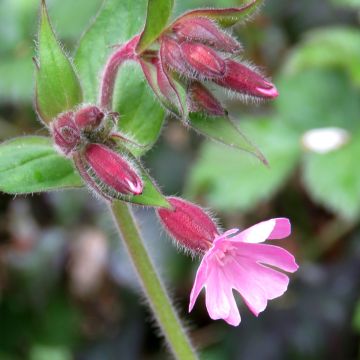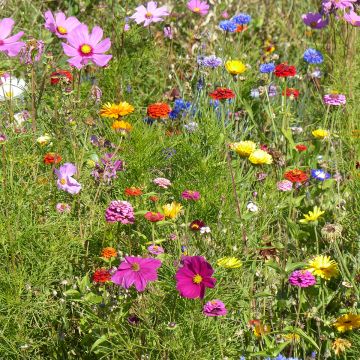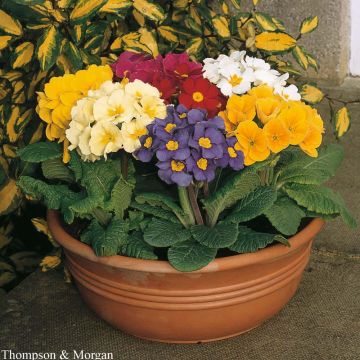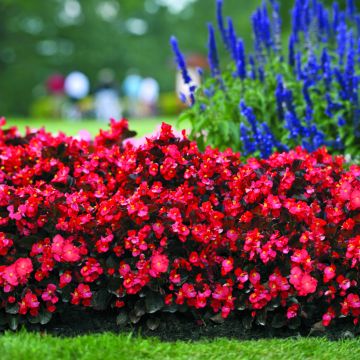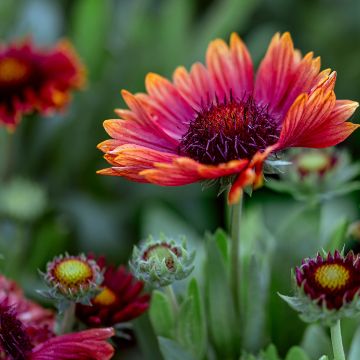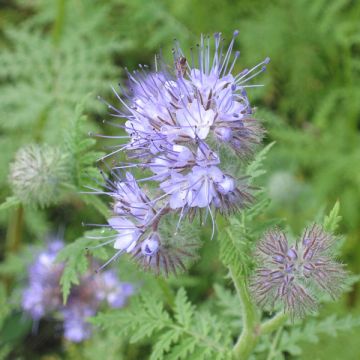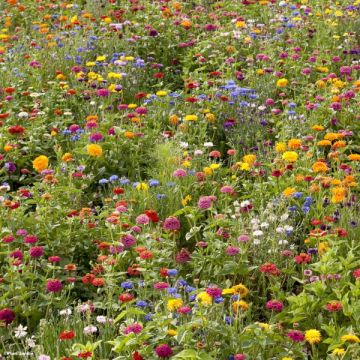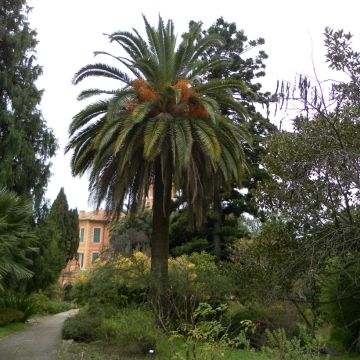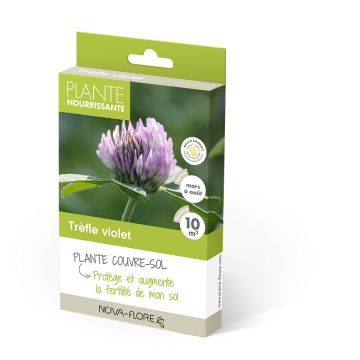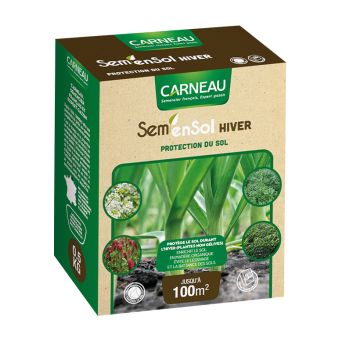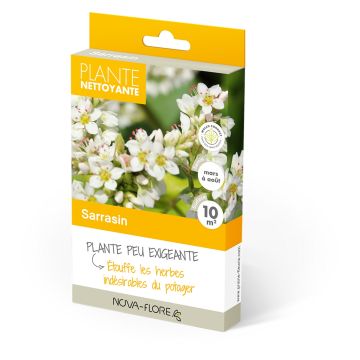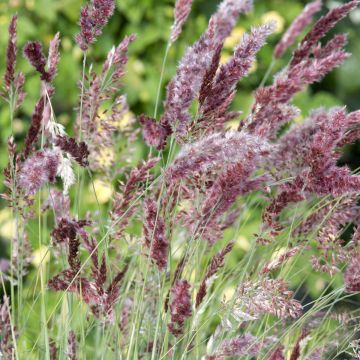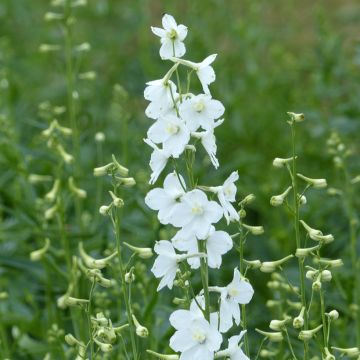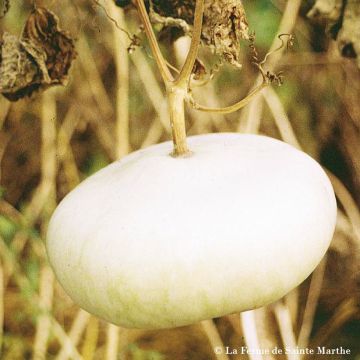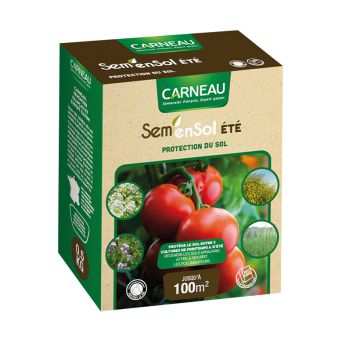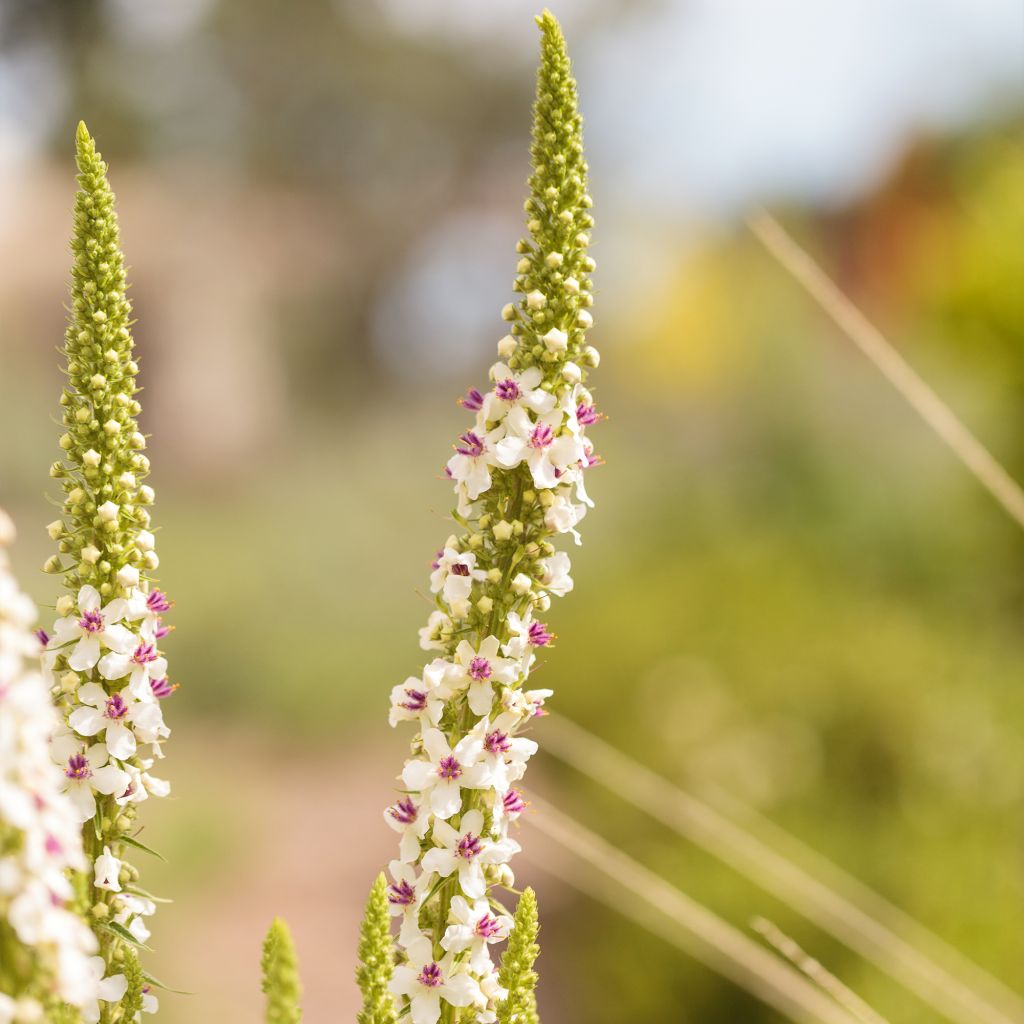

Verbascum chaixii Album Seeds - White nettle-leaved mullein
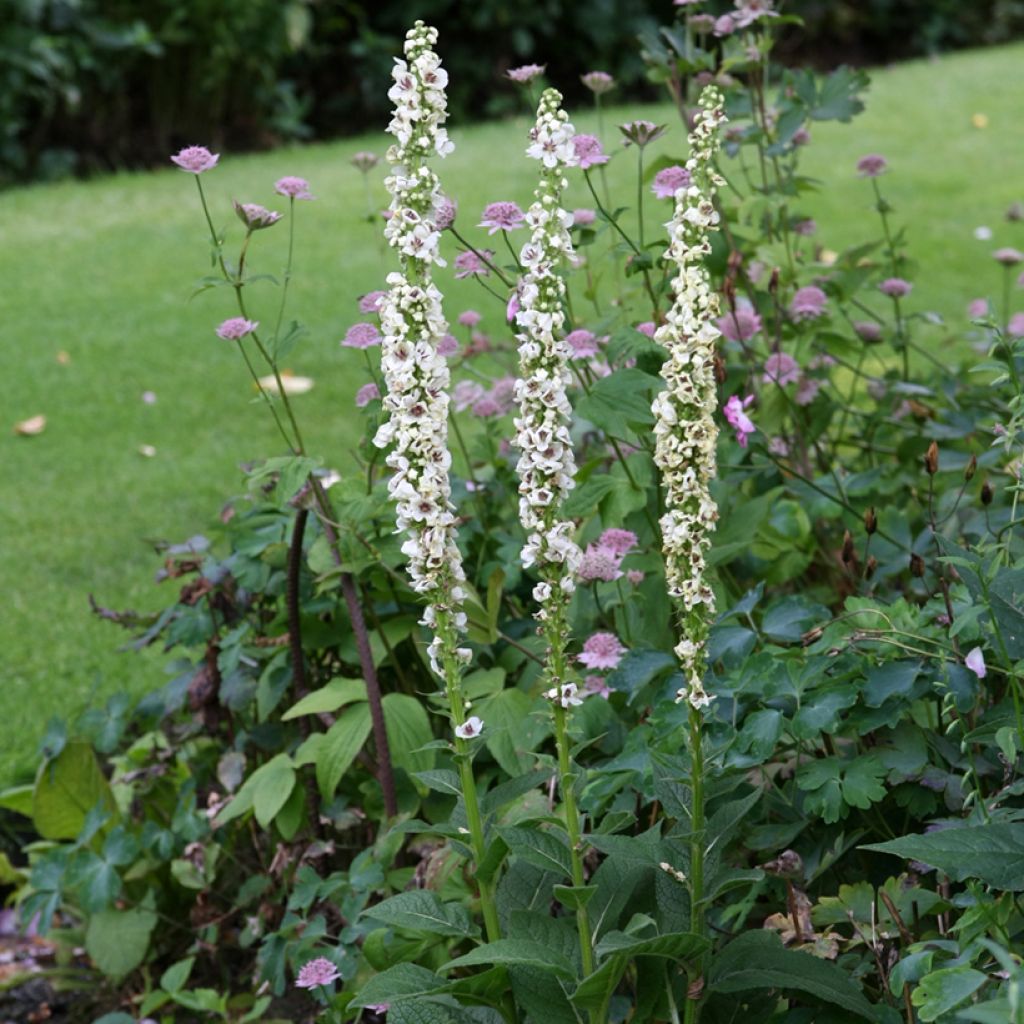

Verbascum chaixii Album Seeds - White nettle-leaved mullein
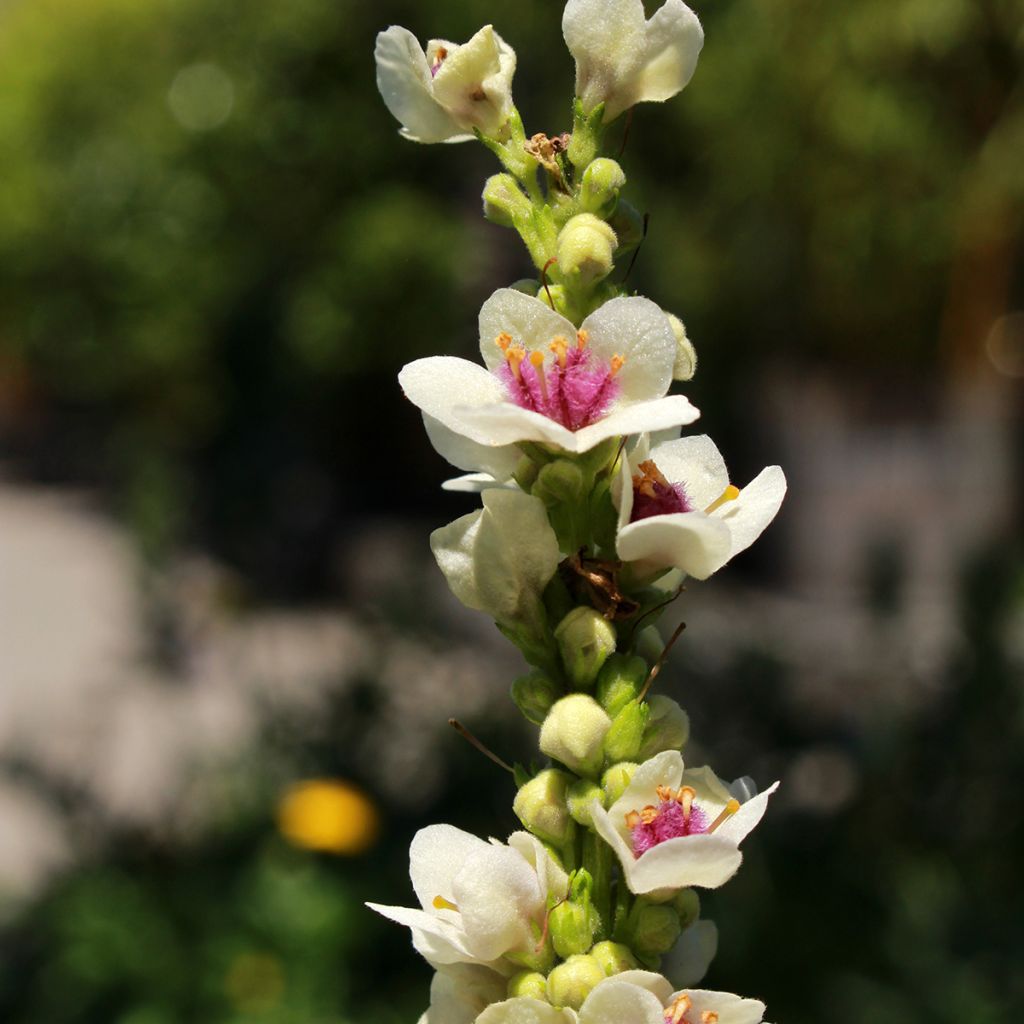

Verbascum chaixii Album Seeds - White nettle-leaved mullein
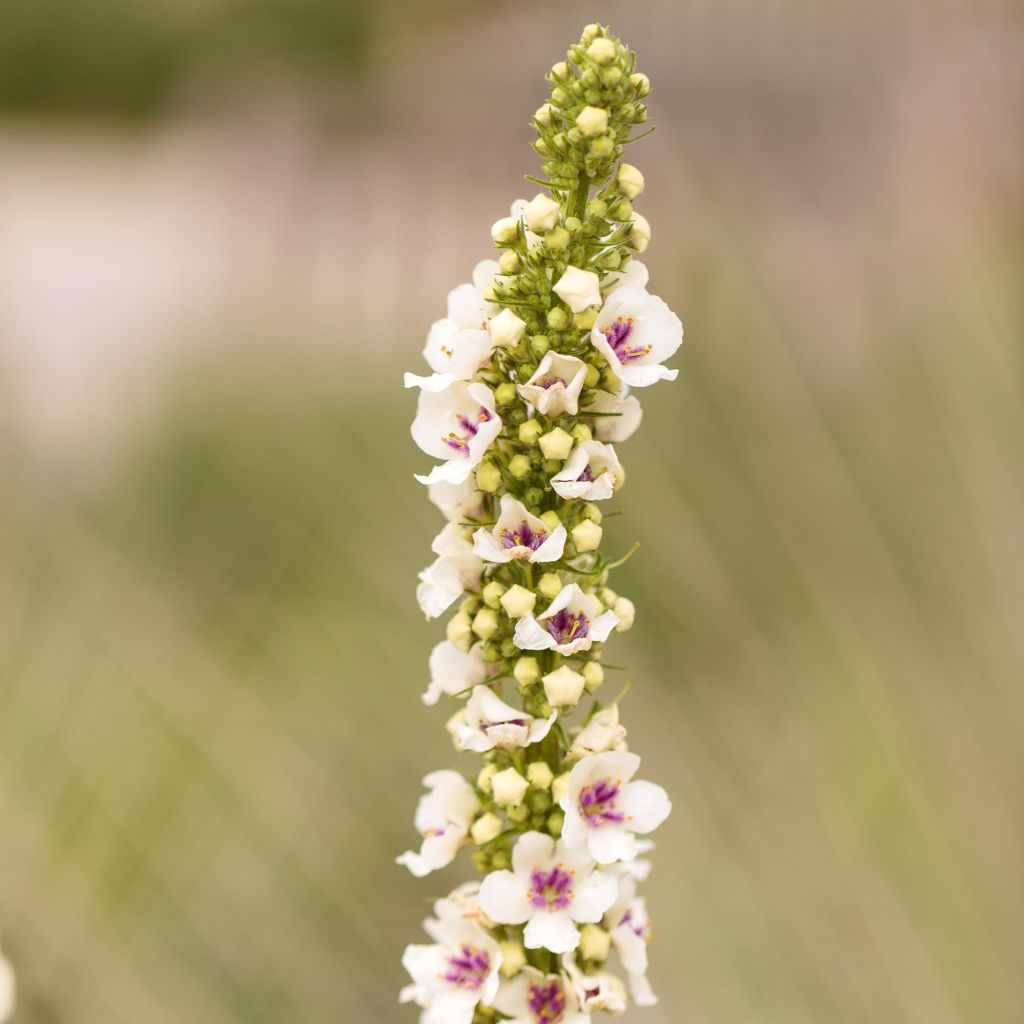

Verbascum chaixii Album Seeds - White nettle-leaved mullein
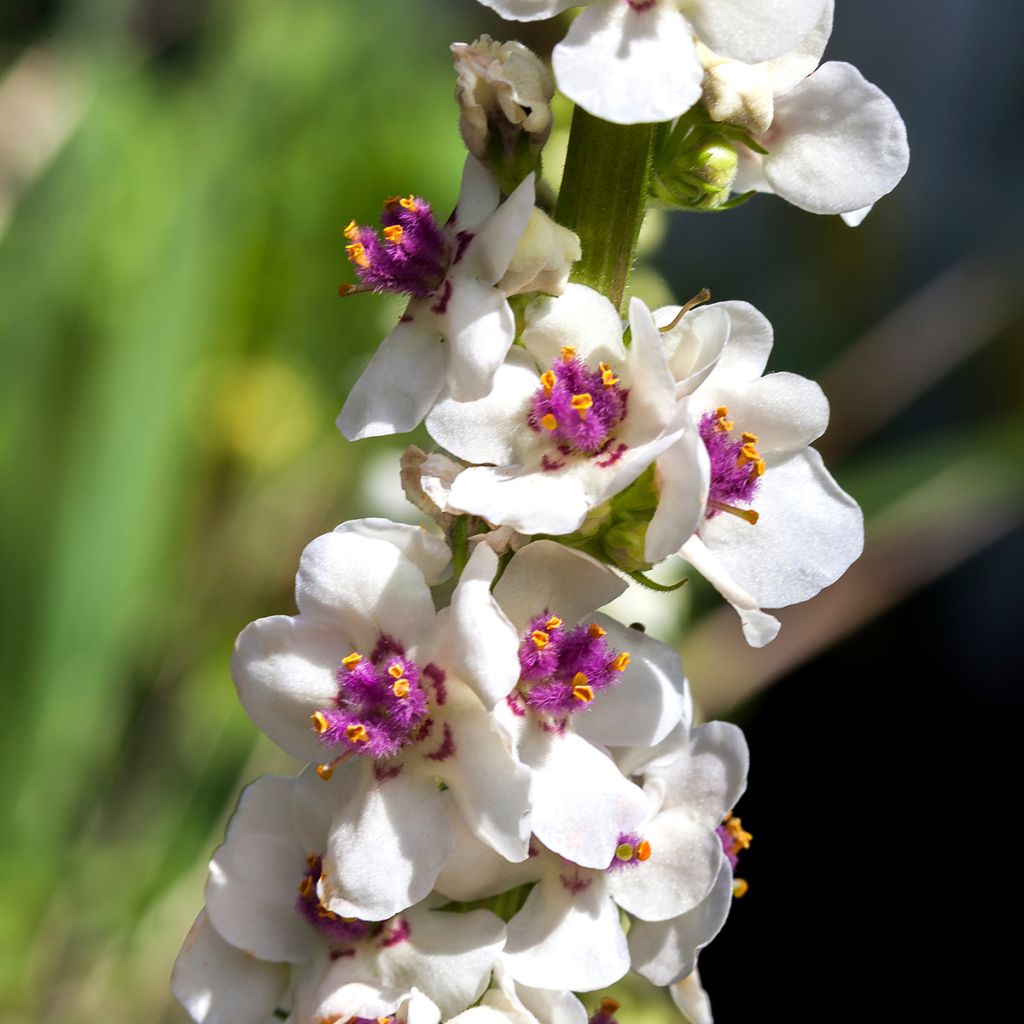

Verbascum chaixii Album Seeds - White nettle-leaved mullein
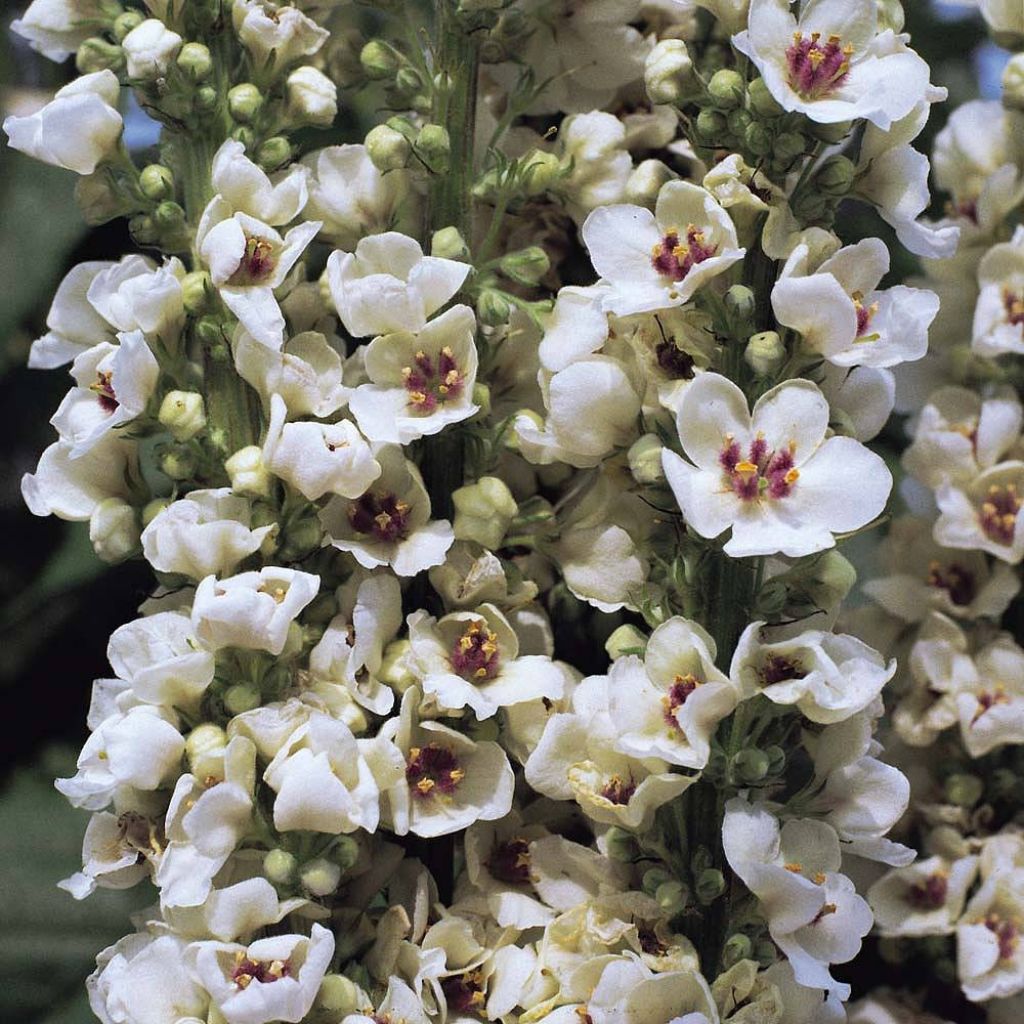

Verbascum chaixii Album Seeds - White nettle-leaved mullein
Verbascum chaixii Album Seeds - White nettle-leaved mullein
Verbascum chaixii Album
White nettle-leaved Mullein
This item cannot be shipped to the selected country
Dispatch by letter from €3.90
More information
Schedule delivery date,
and select date in basket
This plant carries a 6 months recovery warranty
More information
We guarantee the quality of our plants for a full growing cycle, and will replace at our expense any plant that fails to recover under normal climatic and planting conditions.
Seed-only orders are dispatched by sealed envelope. The delivery charge for seed-only orders is €3.90.
Does this plant fit my garden?
Set up your Plantfit profile →
Description
Verbascum chaixii 'Album' is a particularly decorative form of nettle-leaved mullein with off-white flowers. It is a spontaneous species in the south-east of France. It is a reliable perennial that is both charming and has a strong presence when it launches its pretty candle-like spikes covered with off-white flowers punctuated by a small reddish-purple eyes towards the sky. Even though it can sometimes be more of a biennial plant, it easily self-seeds in sunny, somewhat neglected areas with light or even rocky soils. It grows quick and straight, bringing airiness and vertical accents to rustic or romantic flowerbeds.
Nettle-leaved mullein belongs to the family Scrophulariaceae. It is a species native to Central and Southern Europe and is found as far as Armenia and the Caucasus. In France, it is spontaneous in the dry, arid areas of the limestone mountains of the East and South, stretching from the south of the Alps to the Cévennes and the Pyrenees. 'Album' differs only in the colour of its flowers, whose corolla is creamy-white and not yellow like that of the type species.
In a fertile soil, this plant will reach about 1 m when in flower but if growing conditions are unfavourable, such as in poor, dry soil, it will be much smaller. Its growth is fast, attaining its adult size in just a couple of weeks. It develops a rosette of hairy basal leaves from which long, branched, leafy flower stalks emerge. Flowering takes place from June to August, in the form of pyramidal panicles made up of 2 cm, cup-shaped, creamy white flowers arranged around a bright purple-red centre. They are tightly packed together, blooming in packs along the spike which is covered with a light-coloured down. The large basal leaves are oval to elliptical, wavy, dark green and covered with greyish down. The leaves on the stems are much smaller. This mullein is a melliferous plant that is very popular with bees. Even though theoretically, it is a perennial, it tends to have more of a biennial life cycle when planted in rich, moist soil but easily self-seeds in light soil.
Verbascum chaixii 'Album' is a plant for open, dry terrain and is a boon for sunny slopes and stony soils. However, the plant will be much more decorative if planted in a healthy garden soil and watered from time to time in very dry weather. Natural looking scenes in the somewhat wilder areas of the garden will be transformed by botanical or hybrid mullein. Combine them with hollyhocks which resemble them, dittany, purple toadflax, wild chicory, perennial flax or the wonderful bronze fennel. Just like foxgloves, they are good companions for roses. It is best to surround them with perennials or shrubs such as catnips, giant hyssops or speedwells that fill out the garden when they are not in bloom.
Report an error about the product description
Verbascum chaixii Album Seeds - White nettle-leaved mullein in pictures


Flowering
Foliage
Plant habit
Botanical data
Verbascum
chaixii
Album
Schrophulariaceae
White nettle-leaved Mullein
Caucasus
Other Flower seeds A to Z
Planting and care
Sow mullein seeds from April to May, in pots or trays filled with a special seed starting mix, to a depth of 1.5 mm. Place your seedlings in a heated mini greenhouse or in a warm place to maintain an optimum temperature of 15- 18 °C. Germination usually takes 14-30 days.
Transplant seedlings when large enough to be handled, into 8 cm pots. When the seedlings are well rooted, plant out in their final position in autumn or spring. Keep a distance of 30 cm between each plant.
In our southern regions, sowing can be done directly in open ground at the end of the summer, in very well-prepared soil, lightened by sand and gravel if necessary and free of any weeds or roots.
Cultivation :
Verbascum chaixii 'Album' should be planted in full sun or in partial-shade in the south. Preferably, this mullein should be planted in spring, in ordinary, well-drained soil that is light and porous. It prefers lime soil that is moist to dry in the summer, where it will happily self-seed (the colour of the flowers will be a random surprise... meant more for curious gardeners). Prune off the faded inflorescences at the base of their stem to promote further blooming and the plant’s longevity. Cut down the dried matter as soon as it is no longer decorative and clean the clump latest, by the end of winter. If you allow a few seeds to mature, your mullein will be able to elf-seed spontaneously in the garden in light soil.
Sowing period
Intended location
This item has not been reviewed yet - be the first to leave a review about it.
Flower seeds
Haven't found what you were looking for?
Hardiness is the lowest winter temperature a plant can endure without suffering serious damage or even dying. However, hardiness is affected by location (a sheltered area, such as a patio), protection (winter cover) and soil type (hardiness is improved by well-drained soil).

Photo Sharing Terms & Conditions
In order to encourage gardeners to interact and share their experiences, Promesse de fleurs offers various media enabling content to be uploaded onto its Site - in particular via the ‘Photo sharing’ module.
The User agrees to refrain from:
- Posting any content that is illegal, prejudicial, insulting, racist, inciteful to hatred, revisionist, contrary to public decency, that infringes on privacy or on the privacy rights of third parties, in particular the publicity rights of persons and goods, intellectual property rights, or the right to privacy.
- Submitting content on behalf of a third party;
- Impersonate the identity of a third party and/or publish any personal information about a third party;
In general, the User undertakes to refrain from any unethical behaviour.
All Content (in particular text, comments, files, images, photos, videos, creative works, etc.), which may be subject to property or intellectual property rights, image or other private rights, shall remain the property of the User, subject to the limited rights granted by the terms of the licence granted by Promesse de fleurs as stated below. Users are at liberty to publish or not to publish such Content on the Site, notably via the ‘Photo Sharing’ facility, and accept that this Content shall be made public and freely accessible, notably on the Internet.
Users further acknowledge, undertake to have ,and guarantee that they hold all necessary rights and permissions to publish such material on the Site, in particular with regard to the legislation in force pertaining to any privacy, property, intellectual property, image, or contractual rights, or rights of any other nature. By publishing such Content on the Site, Users acknowledge accepting full liability as publishers of the Content within the meaning of the law, and grant Promesse de fleurs, free of charge, an inclusive, worldwide licence for the said Content for the entire duration of its publication, including all reproduction, representation, up/downloading, displaying, performing, transmission, and storage rights.
Users also grant permission for their name to be linked to the Content and accept that this link may not always be made available.
By engaging in posting material, Users consent to their Content becoming automatically accessible on the Internet, in particular on other sites and/or blogs and/or web pages of the Promesse de fleurs site, including in particular social pages and the Promesse de fleurs catalogue.
Users may secure the removal of entrusted content free of charge by issuing a simple request via our contact form.
The flowering period indicated on our website applies to countries and regions located in USDA zone 8 (France, the United Kingdom, Ireland, the Netherlands, etc.)
It will vary according to where you live:
- In zones 9 to 10 (Italy, Spain, Greece, etc.), flowering will occur about 2 to 4 weeks earlier.
- In zones 6 to 7 (Germany, Poland, Slovenia, and lower mountainous regions), flowering will be delayed by 2 to 3 weeks.
- In zone 5 (Central Europe, Scandinavia), blooming will be delayed by 3 to 5 weeks.
In temperate climates, pruning of spring-flowering shrubs (forsythia, spireas, etc.) should be done just after flowering.
Pruning of summer-flowering shrubs (Indian Lilac, Perovskia, etc.) can be done in winter or spring.
In cold regions as well as with frost-sensitive plants, avoid pruning too early when severe frosts may still occur.
The planting period indicated on our website applies to countries and regions located in USDA zone 8 (France, United Kingdom, Ireland, Netherlands).
It will vary according to where you live:
- In Mediterranean zones (Marseille, Madrid, Milan, etc.), autumn and winter are the best planting periods.
- In continental zones (Strasbourg, Munich, Vienna, etc.), delay planting by 2 to 3 weeks in spring and bring it forward by 2 to 4 weeks in autumn.
- In mountainous regions (the Alps, Pyrenees, Carpathians, etc.), it is best to plant in late spring (May-June) or late summer (August-September).
The harvesting period indicated on our website applies to countries and regions in USDA zone 8 (France, England, Ireland, the Netherlands).
In colder areas (Scandinavia, Poland, Austria...) fruit and vegetable harvests are likely to be delayed by 3-4 weeks.
In warmer areas (Italy, Spain, Greece, etc.), harvesting will probably take place earlier, depending on weather conditions.
The sowing periods indicated on our website apply to countries and regions within USDA Zone 8 (France, UK, Ireland, Netherlands).
In colder areas (Scandinavia, Poland, Austria...), delay any outdoor sowing by 3-4 weeks, or sow under glass.
In warmer climes (Italy, Spain, Greece, etc.), bring outdoor sowing forward by a few weeks.

































